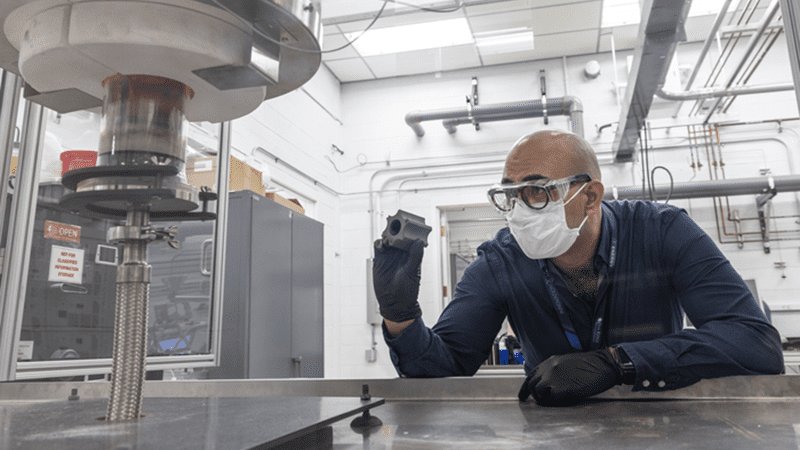A new technology for 3D printing nuclear reactor components has enabled the use of a radiation-tolerant material that was previously considered “almost impossible” to employ, according to the system’s researcher
Ultra Safe Nuclear Corporation has licenced the technique developed by the US Department of Energy’s Oak Ridge National Laboratory (USNC). The technology makes use of a sophisticated additive manufacturing technique to print refractory materials, which are extremely resistant to tremendous heat and deterioration, into complicated structures required for future nuclear reactor designs.
Silicon carbide is USNC’s preferred refractory material for nuclear reactor core components because it is a high-temperature-resistant ceramic that has been tested and confirmed to be radiation-tolerant.
The innovative alternative technology combines binder jet printing as an additive manufacturing technique with chemical vapour infiltration as a ceramic manufacturing process. The combination may enable USNC to more efficiently manufacture components with complex forms, such as fluid channels in a heat exchanger.
USNC, based in Seattle, aims to expand its relationship with the Oak Ridge laboratory by opening a new pilot fuel manufacturing facility in Tennessee.


